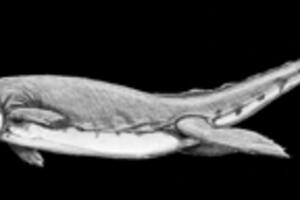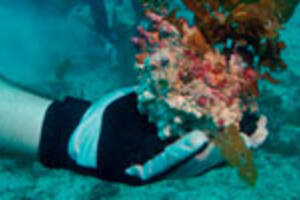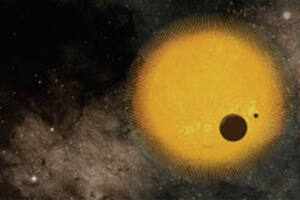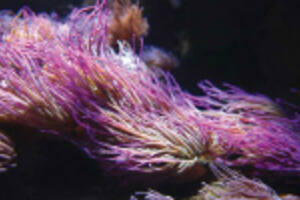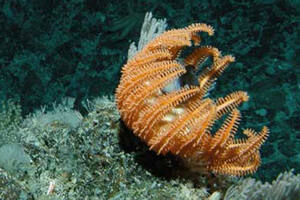Biodiversity
SPECIAL BIOTA EDUCATION II
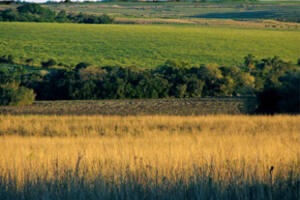
Sustainable interventions
Human intervention helped maintain the diversity of the Pampa Biome
SPECIAL BIOTA EDUCATION I

Amid challenges, ideas and threats
Biologists give an overview of the effects of fragmented ecosystems
Paleontology
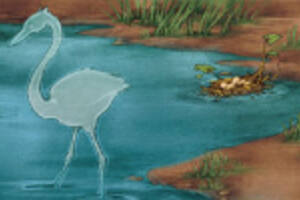
Nest of a “flamingrebe”
Fossilized nest support relationship between flamingos and grebes
Biodiversity
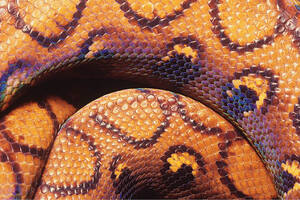
São Paulo in the Amazon region
Teams from São Paulo and Pará collaborate to prepare new researchers
Bráulio DiasBráulio Dias

Bráulio Ferreira de Souza Dias: The voice of biodiversity
Brazilian biologist talks about the preparation for COP 11, in October
Sustainable development
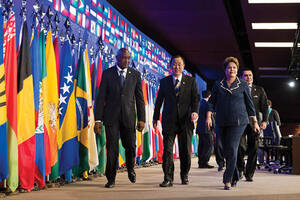
Minimum consensus
Rio+20 Summit produces lukewarm report
Cover

The voice of the scientists at Rio+20
How Brazilian research can help to the decisions at Rio+20
International Year of Chemistry
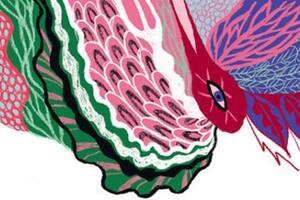
From molecules to organisms
The wealth of biodiversity in the Brazilian forests
History of FAPESP III
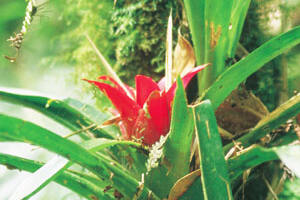
Ecological path
FAPESP has been investing for five decades in biodiversity studies
Cosmology
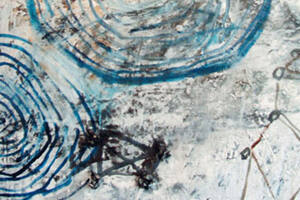
Seeds of life in space
Cosmic rays may have generated molecules that formed animals and plants
Ecology
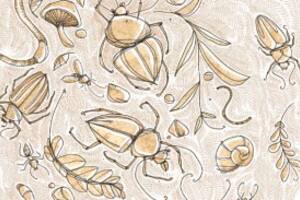
The hidden forest
Land use affects the biological diversity of the soil in the Amazon Region
Bioprospecting

Bureaucratic maze
A new strategy to evaluate requests to collect and study species from Brazil
Environment
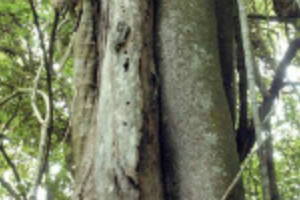
Forest of pearls
In the Mata Atlantica rainforest, 59% of the trees are rare and may disappear
Miguel Trefaut

Miguel Trefaut Urbano Rodrigues: In the midst of snakes and lizards
USP biologist described 53 new reptile species and genera
Biodiversity
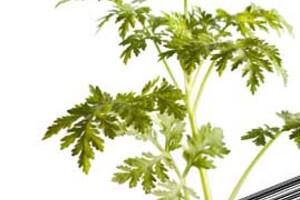
More than a catalog
DNA barcodes identify new species and aid ecology and evolution studies
Ecology

Chemistry in the air
Volatile compounds control the interaction between vegetables and insects
Environment

Fighting extinction
Researchers identify priority conservation areas in the state of Pará
Information technology

Computing tools
Microsoft-Fapesp IT Research Institute call covers projects


